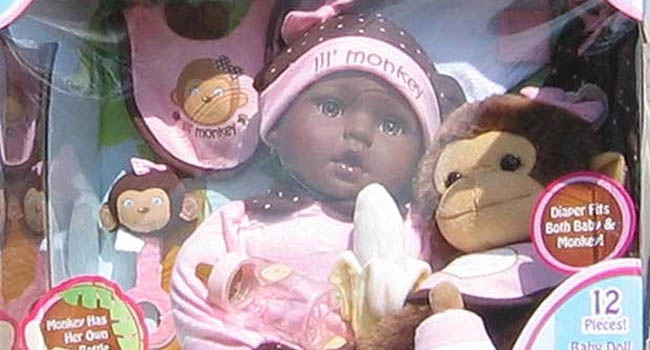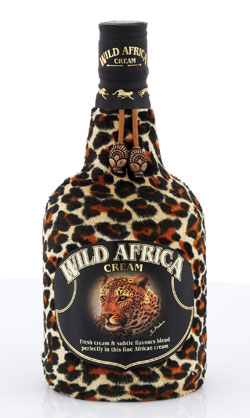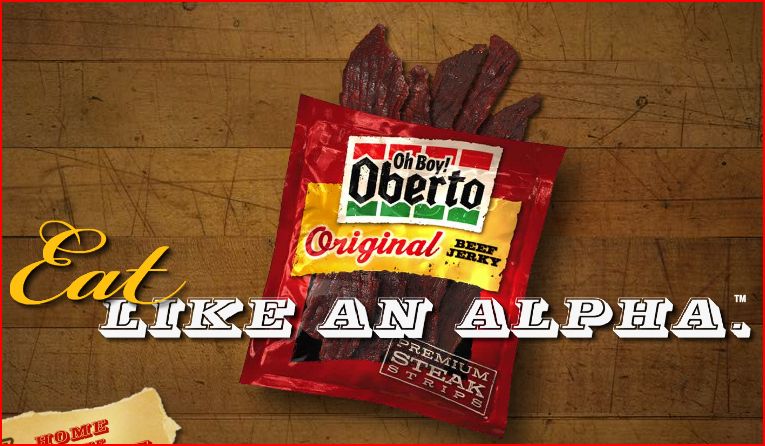Often when we have an image related to PETA we add it to one of our existing posts, since they tend to be similar–mostly sexualizing women or showing them as bloody meat. But Jessica B. and Dmitriy T.M. told us about a PETA billboard that takes a different angle, and I thought it was worth its very own post:
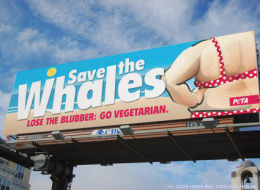
Found at The Huffington Post.
This is just…ugh. Erg. !!! ??? !!!
I’m sorry, but that’s the most coherent I can be about this. I’m sure our commenters will be able to make more useful points about it.
Well, ok, I have one more thought: the implication is that being a vegetarian will automatically make you lose weight. That’s just dumb, or more likely intentionally misleading.
UPDATE: Anomie let me know that there’s at least one version about men (found here):
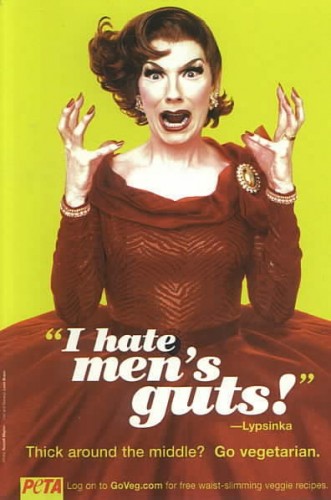
Two more examples with men here.
Related posts: women in (fake) lettuce bikinis, Dutch animal rights ad shows stripper brutally murdered, not sexualizing older women, PETA ad banned from Superbowl, women as bloody packaged meat, Holocaust on Your Plate campaign, using domestic violence to oppose animal abuse, Christina Applegate naked, more naked celebrities, and leftist balkanization.

